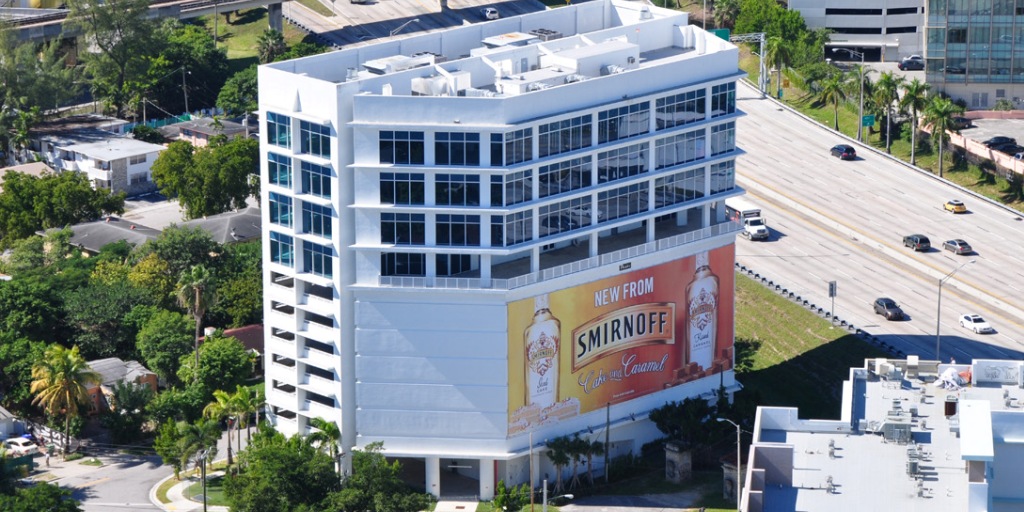
TopMed Realty, a private health care real estate investment firm, paid $13.9 million for an office building in Miami’s Health District.
Key International, along with its partner on the project, 13th Floor Investments, sold Highland Park Center, a Class A, 43,000-square-foot building at 1011 Sunnybrook Road for more than $320 per foot.
The 11-story building, which was completed in 2011, sold fully leased to tenants that include Atlantis University and Night and Day Pediatrics. Property records show Key International and 13th Floor purchased the property as an REO from BankUnited for $7.85 million in 2014. It includes a garage.
Douglas Mandel and Benjamin Silver of Marcus & Millichap represented the seller, according to a release.
TopMed Realty, led by Roni Soffer, is based in Hallandale Beach.
The property is across the street from University of Miami’s Jackson Memorial Hospital campus.
Source: The Real Deal


